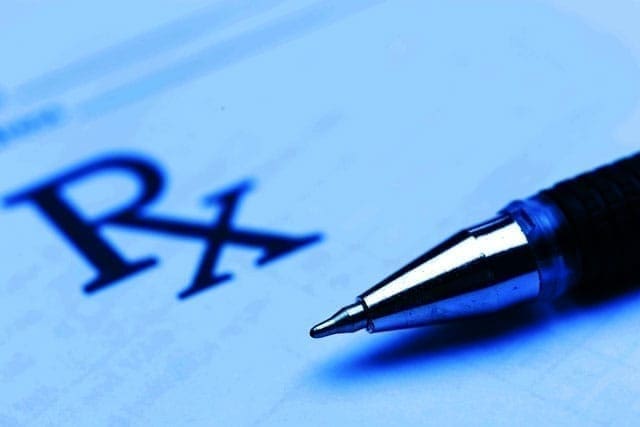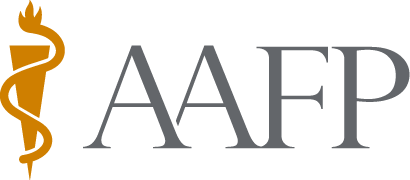
First aid is important for a number of situations that don’t require a trip to the hospital or emergency room. These situations include minor falls, bee stings, burns, allergic reactions, and other common accidents. A first aid kit is helpful for these types of situations. Many people put together a first aid kit for home and their car. A well-stocked first aid kit provides you with the supplies you need to be ready for most minor emergencies.
For emergencies, always remember to call 9-1-1.


There are simple ways you can ease mild reactions to a bee sting and avoid getting stung again. Read More
Path to improved wellness
Putting a first aid kit together is as simple as placing some basic items in a small container that you can keep with you. Store the container in the medicine cabinet in your home to keep it away from young children. You can also keep one in your car or carry one with you when you’re out of the house.
A kit can be large or small. It can contain every possible thing you might need. Or it can contain a few basics. Consider what you need for you, your family, and your lifestyle. Possible items could include:
- Dressings and bandages (gauze role, sterile gauze pads, eye pad, roll of adhesive tape, elastic bandage for sprains, sterile cotton balls and swabs)
- Over-the-counter medicine for cuts, burns, and injuries
- Special medicines for members of your household
- Latex gloves
- Instant cold packs
- Safety pins to fasten splints and bandages
- A suction device (or kitchen turkey baster) to flush out wounds
- Aluminum finger splint
- Syringe and medicine spoon for giving medicine
- Thermometer
- Tweezers to remove ticks, insect stingers, and small splinters
- Scissors for cutting the gauze
- Breathing barrier for giving CPR
- Blanket
- Hand sanitizer and alcohol wipes
- First aid manual
- List of emergency numbers
- Antibiotic ointment
- Sterile eyewash saline
- Calamine lotion for stings or poison ivy
- Hydrocortisone cream, ointment, or lotion for itching
- Pain reliever and fever medicines. Do not use aspirin for children and teenagers younger than 18 years of age, due to the risk of Reye’s syndrome.
- Consider packing a standard antihistamine for seasonal allergies as well as one containing the active ingredient diphenhydramine (brand name Benadryl) to treat allergic reactions.
- Nasal decongestant
- Lip balm
- Anti-nausea medicine to treat motion sickness and other types of nausea
- Anti-diarrhea medicine
- Antacid to treat upset stomach
- Laxative to treat constipation
If you don’t want to put your own first aid kit together, you can buy them from The American Red Cross and at many drugstores. Once you buy it, go through the items and make sure you know how to use them. Consider taking a first aid course or purchase a first aid manual to better prepare.
Things to consider
Burns
Burns are common, especially around your home. Burns are commonly caused from heat, fire, radiation, sunlight, electricity, chemicals, or from hot/boiling water. There are 3 degrees of burns:
- First-degree burns: These are red and painful. They swell a little. They turn white when you press on the skin. The skin over the burn may peel off after 1 or 2 days.
- Second-degree burns: These are thicker burns. They are painful and typically become blisters on the skin. The skin is very red or splotchy. It may be very swollen.
- Third-degree burns: These burns cause damage to all layers of the skin. The burned skin looks white or charred. These burns may cause little or no pain because the nerves and tissue in the skin are damaged.
First-degree burns usually heal in 3 to 6 days; second-degree burns heal in 2-3 weeks; and third-degree burns usually take a very long time to heal. Most first aid kits can treat first and second degree burns if the injured area is less than 2 to 3 inches in diameter.
For minor burns, soak the burn in cool water for at least 5 minutes. The cool water helps reduce swelling by pulling heat away from the burned skin. Treat the burn with a skin care product from your first aid kit that protects and heals skin. This would include products such as aloe vera cream or an antibiotic ointment. You can wrap a dry gauze bandage loosely around the burn. This will protect the area and keep the air off of it. An over-the-counter pain reliever can help treat swelling, inflammation, and pain.
Some first aid advice for burns is a myth. For example, never put butter or oil on burns. This can cause more damage.
Cuts and scrapes
First aid kits are helpful for cuts, scrapes, and stitches, too. Clean a cut, scrape, or puncture wound (such as a wound from a nail) with cool water. Use tweezers that have been sterilized with rubbing alcohol to remove any dirt that remains in the wound after washing.
If a cut bleeds, that helps clean it out. Most small cuts or scrapes will stop bleeding in a short time. Wounds on the face, head, or mouth tend to bleed more. To stop the bleeding, apply firm but gentle pressure on the cut with a clean cloth, tissue, or piece of gauze. Re-apply pressure for 20 to 30 minutes.
Leaving a cut uncovered helps it stay dry and helps it heal. If the cut isn’t in an area that will get dirty or be rubbed by clothing, you don’t have to cover it. If it’s in an area that will get dirty (such as your hand) or be irritated by clothing (such as your knee), cover it with an adhesive bandage. You also can use sterile gauze and adhesive tape. Change the bandage each day to keep the wound clean and dry.
Certain wounds, such as scrapes that cover a large area of the body, should be kept moist and clean to help reduce scarring and speed healing. Antibiotic ointments help heal the scrape and prevent infection. A bandage does pretty much the same thing. Most minor cuts and scrapes will heal just fine without antibiotic ointment, but it can help the wound close and help reduce scarring.
Stitches
To care for an injury that requires stitches, wash the area that has been stitched after 1 to 3 days. Washing off dirt and the crust that may form around the stitches helps reduce scarring. If the wound drains clear or yellow fluid, you may need to cover it with gauze or a bandage. You also may need to use a small amount of antibiotic cream. Your doctor will tell you whether they want you to use an antibiotic ointment.
Always keep an eye on your cut, scrape, or stitches. Talk to your doctor if you have concerns about injuries that can’t be treated with a first aid kit.
Questions for your doctor
- How do I know if an accident requires more than a first aid kit?
- Should I pack a first aid kit when I travel?
- Do first aid kit items expire?
- If I only have room for a small first aid kit, which items are the most important?
![]()
Copyright © American Academy of Family Physicians
This information provides a general overview and may not apply to everyone. Talk to your family doctor to find out if this information applies to you and to get more information on this subject.







